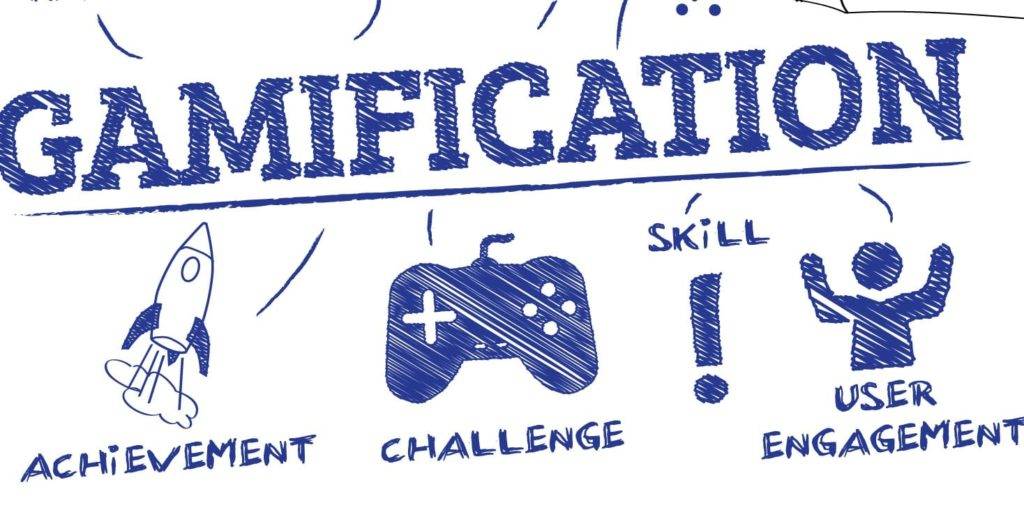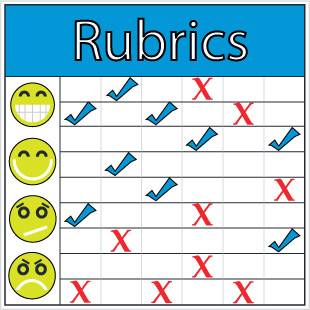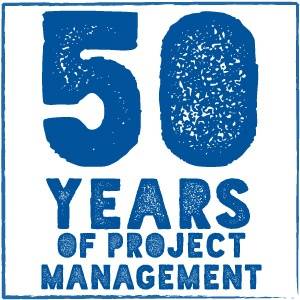Clarity Learning & Development Blog
Perspectives on the continuous evolution of workplace training, learning and leadership development.

Increasing Learner Motivation with Gamification
Games have long held a position of power in the world of online content. Even before mobile devices became a popular form of game consumption, computer games were an excellent way for a user to interact with the online world. Gamification is so powerful because it is fun and addictive. People want to keep playing, they want to compete, they want to win prizes, and are happy to learn some important lessons along the way. So, if you are at all interested in exploring how gamification can play into your eLearning strategy, read on for 5 surprising benefits of this learning strategy.
Read More »
October 8, 2015

When the Going Gets Rough: Surviving the Top 3 Hassles of Being an Instructional Designer
It may be fun at times, but no one said this line of work would be easy. Developing courses for outside audiences can be difficult, especially for designers who are neither content experts nor teaching the course once it’s launched. In fact, instructional designers are called upon more and more often to be project managers in addition to their regular responsibilities.
Read More »
September 17, 2015

Rubrics: The Scaffolding of Quality eLearning
Rubrics are a necessary part of any effective training, but many instructors and designers struggle with creating them. Rubrics serve as a guide for determining whether or not the learning process was successful, and once written, they can guide design decisions, such as the appropriate types of assessments to use.
Read More »
September 16, 2015

Online or Blended: Which is Better?
If you Google “online or blended?” you’ll find a number of opinions, the surprising majority of which offer a concrete answer: blended. But is that true? Is one delivery method really superior to another?
Read More »
August 19, 2015
Once Upon a Time, Stories Transformed eLearning
Story-based learning (SBL) uses narrative as the main way to present course material. And there are multiple formats this strategy can take on: video or audio production, written text, dramatic scripts, live storytelling, interactive narratives (“choose your own adventure” stories), and gamification are a few examples. Courses may present content to learners in the form of stories, or learners may tell their own narratives as a way of integrating new concepts into their lives.
Read More »
August 10, 2015
Is Your Training Effective?
What makes a learning and development leader effective? It’s the ability to understand and deliver the needs of both instructors and learners—in other words, to manage the development process while expanding the capacity for learning.
Read More »
July 22, 2015

Effective Employee Onboarding: What You Should Know
When we talk about organizational transitions, we are often talking about the large scale—structural reorganization, mergers, new leadership, or going public. But smaller, ongoing transitions have a profound impact on the wellbeing of the overall company. One of the most important of these smaller transitions is onboarding new employees.
Read More »
July 6, 2015

Experiential Learning Theory: Learning by Doing
Let’s say you want to teach someone to drive a car. You, as the instructional designer of Driver’s Ed, might choose to assign a hefty textbook—perhaps the manual to the car—as well as a pamphlet about traffic laws. You may quiz your student on the contents of the reading material and find that he can answer all the questions correctly. So you give him an A, and hand him a set of keys. But when he gets into the car, he is dumbfounded. After all, he has never put keys in an ignition before.
Read More »
June 29, 2015

MOOCs: Effective Instruction or Pedagogical Disaster?
The last few years have seen a tremendous surge of interest in Massive Open Online Courses(MOOCs). Just last month, Harvard and MIT jointly published a large research study examining the trends emerging from MOOCs their universities offered in the last two years.
Read More »
June 16, 2015

What Can We Learn from 50 Years of Project Management?
What can history teach us about being better project managers in today’s workplace?
An article published in the International Journal of Project Management earlier this year took on the task of combing through fifty years of project management (PM) research to answer this very question. Because PM research is often organized in silos—with practitioners sticking to their own fields—there has been a need for a more holistic perspective on the practice of PM itself. So the authors of “Emergent trends and passing fads in project management research: A scientometric analysis of changes in the field” mapped out data to identify key trends that have emerged and faded in the last five decades.
Read More »
June 1, 2015

5 Ways to Boost Employee Engagement
Roberta arrives at her workplace on time each morning, with an air of fresh energy. She says hello warmly to her colleagues before sitting down at her desk and beginning work. Before long, she is absorbed in her tasks, yet her energy never dissipates. After lunch, she attends a meeting, where she asks questions and writes down action items for follow-up. A coworker catches her in the hallway to ask a question, and she listens intently before replying.
Read More »
May 27, 2015

Why Will My Project Fail?
If you’re a project manager, or about to begin a project with a team, we have some data that might scare you. While statistics vary across industries, the general consensus is that the number of projects that fail is too high.
Read More »
May 13, 2015
Categories
Contact Clarity
For over 30 years, we’ve managed projects touching every element of learning and talent development.
